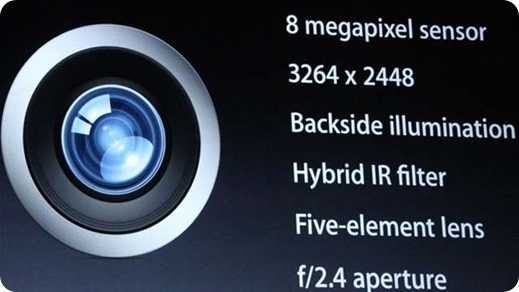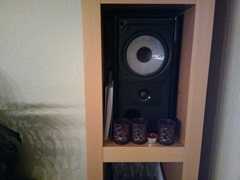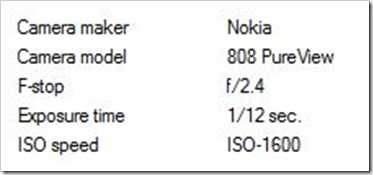The iPhone is the biggest selling connected camera in the world. It’s pretty smart too and with iPhone 5, Apple were really pushing the quality, speed and features at the launch event.
Image via Tech2
Images are starting to appear online now and so it’s time to start the analysis. I’m taking a look at low-light performance here because I think it’s an area where only the best smartphones can compete.
First surprise was that the first low-light shot I looked at was only 4Mp. I wondered if Apple were using pixel oversampling (combining info from more than one pixel to reduce noise and increase sensitivity) and Chris Davies of Slashgear confirmed.
Before I go to the Slashgear review though, I want to talk about the first images I saw. Gizmodo have four images up from the iPhone4S, Galaxy SIII and iPhone5. Clearly there’s a difference here!
It looks like Apple are allowing the iPhone 5 to go to ISO 2500 (possibly more, I haven’t seen many other photos yet) but even at 4Mp with oversampling and processing there’s a huge amount of noise. At online sizes, it’s probably acceptable and the important thing is that for most people, that’s all that’s needed. Using this ‘ISO push’ technique is good for keeping shutter speeds high, reducing need for any LED lighting and freezing motion. The alternative method is to use optical stabilization as on the Nokia Lumia 920 but that doesn’t help with moving objects!
The above images via Gizmodo. I forced an ISO 1600 shot on the Nokia 808 to get a noise comparison and the iPhone 5 is messy in comparison. The 808 is a lot better but it’s also at a slightly lower ISO level. If the phones are well calibrated, there’s more light in the this 808 image too so it’s difficult to draw a direct comparison.
Testing with the Nokia N8 results in slightly less noise, but at ISO 800, which you’d expect. Just based on this image I’d say the iPhone 5 camera is as sensitive as the Nokia N8. I’m not comparing dynamic range or processing artifacts here, just the ability for a user to get some sort of usable low-light image.
For those looking at the Lumia 920 as a smart camera, here’s an interesting shot. Using a high quality bridge camera (with a compact sensor) and optical image stabilisation you can achieve the equivalent of 2 F-stops more advantage which allows the gain (noise) to be reduced resulting in a much, much less noisy image. The downside to using OIS to achieve long exposures is that the subject needs to stay still.
The comparisons above only give us an idea of noise at low light levels, not dynamic range, artifacts or color balance. In summary, the iPhone 5 looks to be close to the Nokia N8 in sensitivity but a long way behind the Nokia 808. It will be interesting to test the Lumia 920 at similar shutter speeds. I don’t expect it to be more sensitive than the iPhone 5. I’m calling this an ‘offline’ comparison too because the image set is not what you might called a ‘controlled set.’
Going over to the Slashgear review we can see some sample images and this…
…the iPhone 5 truly rivals a dedicated point & shoot in its camera abilities…
Slashear also reveal that there is pixel oversampling going on in low light mode. The iPhone5 image shown above is a 4Mp image from the 8Mp lens. Slashgear suggest that there’s up to 2×2 pixel oversampling which would result in a 2Mp image – easily good enough for the average consumer. I’m trying to get some originals from Slashgear to take a closer look.
Other reviews are saying that the iPhione 5 is fast to take photos too – very important for the consumer.
Sample images are already appearing on Flickr but Flickr haven’t updated their database so they can be searched right now. This search is bringing up some really nice daylight images though! When FLickr update their system, this search should show the latest images by the iPhone 5.
























I”m not sure why you say “sensitivity” if the physics of a smaller sensor on the i5 means the N8 gets more light.
Because not all sensor pixels are created the same. The word sensitivity is meant to convey that fact. Back-circuit pixels and software compression make even some smaller sensor pixels do better than some bigger ones. A larger apperture can also help get more photons to a small sensor pixel.
It’s not always true that a bigger sensor pixel is more sensitive. The N8 ‘pixels’ are 2 years old now.